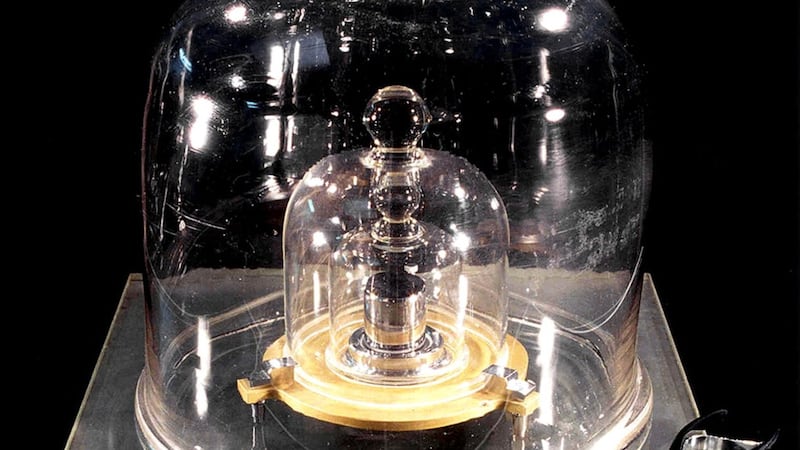Guardians of weights and measurements may be about to kill off the kilogram, as it is currently defined.
For almost 130 years, the fundamental unit of weight has been set by a cylindrical chunk of metal housed under a glass dome at the International Bureau of Weights and Measures (BIPM) near Paris, France.
Every 40 years it is compared with copies stored in France and other countries around the world.
But the International Prototype of the Kilogram, as it is known, could soon be demoted to a lump of scrap.
On Friday, November 16, scientists from around the world will come together to vote on proposals to redefine international system of measurement (SI) units.
The meeting, hosted by the BIPM in Versailles, Paris, is expected to abandon the physical definition of the kilogram, rendering the platinum alloy Prototype and all its clones redundant.
In future the kilogram is likely to be defined using the Planck constant, a quantum value that sets the fixed ways atoms can vibrate.
Other units that are set to be redefined include the ampere (electric current), the kelvin (heat) and the mole (particle numbers).
If approved, the redefinitions will come into effect on World Metrology Day, May 20 2019.
Dr Theodoor Janssen, director of research at the National Physical Laboratory in Teddington, south-west London, which is responsible for the UK’s measurement standards, said: “The SI redefinition is a landmark moment in scientific measurement.
“Once implemented, all the SI units will be based on fundamental constants of nature whose value will be fixed forever. This will pave the way for far more accurate measurements and lays a more stable foundation for science.”
In 2013 scientists discovered that the kilogram Prototype had gained tens of micrograms of mass from surface contamination.
As a result, the accuracy of the international weight standard could not be trusted.
Potentially, this could affect highly precise scientific experiments or international trade in radioactive materials and other items with strict restrictions on weight.








